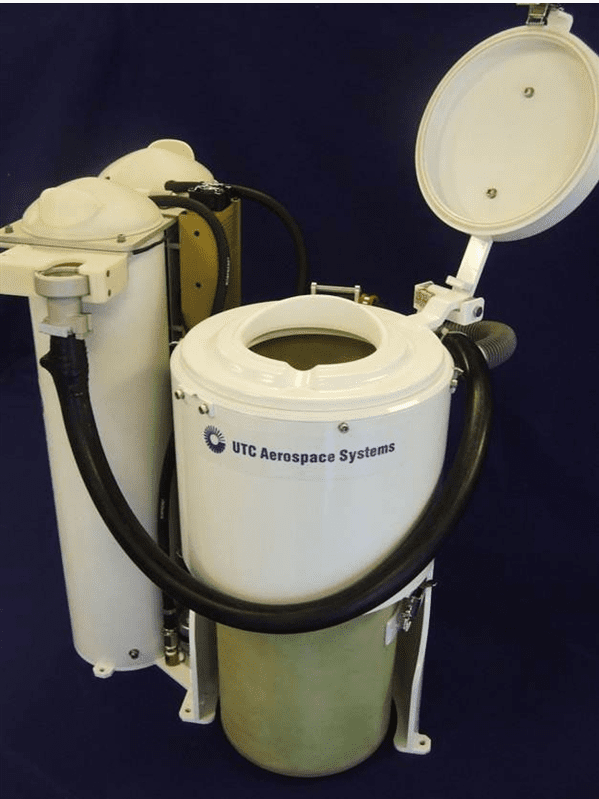Paaralan ng Negosyo sa Banyo
On September 29, NASA will have a launch mission, in addition to delivering supplies to the International Space Station ISS, this launch has an important mission – to send up $ 160 million worth of Universal Waste Management System (UWMS) to make it easier for astronauts to go to the toilet.
This Universal Waste Management System (UWMS) is simply a toilet, but unlike toilets on Earth, this product needs to cope with the weightless environment of space, handle the problem of poop, floating in the space station is not good, in case of flying outside the space station ……
The previous U.S. space toilet developed by the U.S. is old, before the astronauts spit out the smell is heavy, inconvenient to use, etc., this time the UWMS toilet began in 2014, the development of more than six years, spent $ 23 million, or about 160 million, can be called the most expensive toilet ever.
Compared to today’s toilets, the UWMS toilet is 65% smaller and 40% lighter, reducing the amount of precious space taken up by the space station.
To make sure it doesn’t float around, without gravity you’d have to rely on external forces, the UWMS toilet uses a 3D-printed titanium fan separator that creates a powerful suction force to suck urine and poo into the toilet.
The trouble with space toilets is not only the zero gravity environment, but also the separation of wet and dry – the urine has to be recycled and the poo has to be properly preserved, as well as the research value.
UWMS toilets have an increased efficiency of urine recycling and an increased proportion that can be turned into drinking water after processing.
As bad as it sounds, astronauts have become accustomed to using refined urine as drinking water, and former International Space Station astronaut Don Pettit has a clever analogy – yesterday’s coffee becomes tomorrow’s coffee.
By the way, the toilet also needs to be unisex, which sounds a bit strange, but male astronauts, female astronauts in space is not so convenient to use the toilet, this must be taken into account, so it is designed with a urine funnel and gasket to facilitate women.
The UWMS toilet will go through three to four years of use after it is sent into space, as it will be used not only on the International Space Station, but also in the future for the U.S. manned lunar program.
 Tagagawa ng VIGA Faucet
Tagagawa ng VIGA Faucet 
